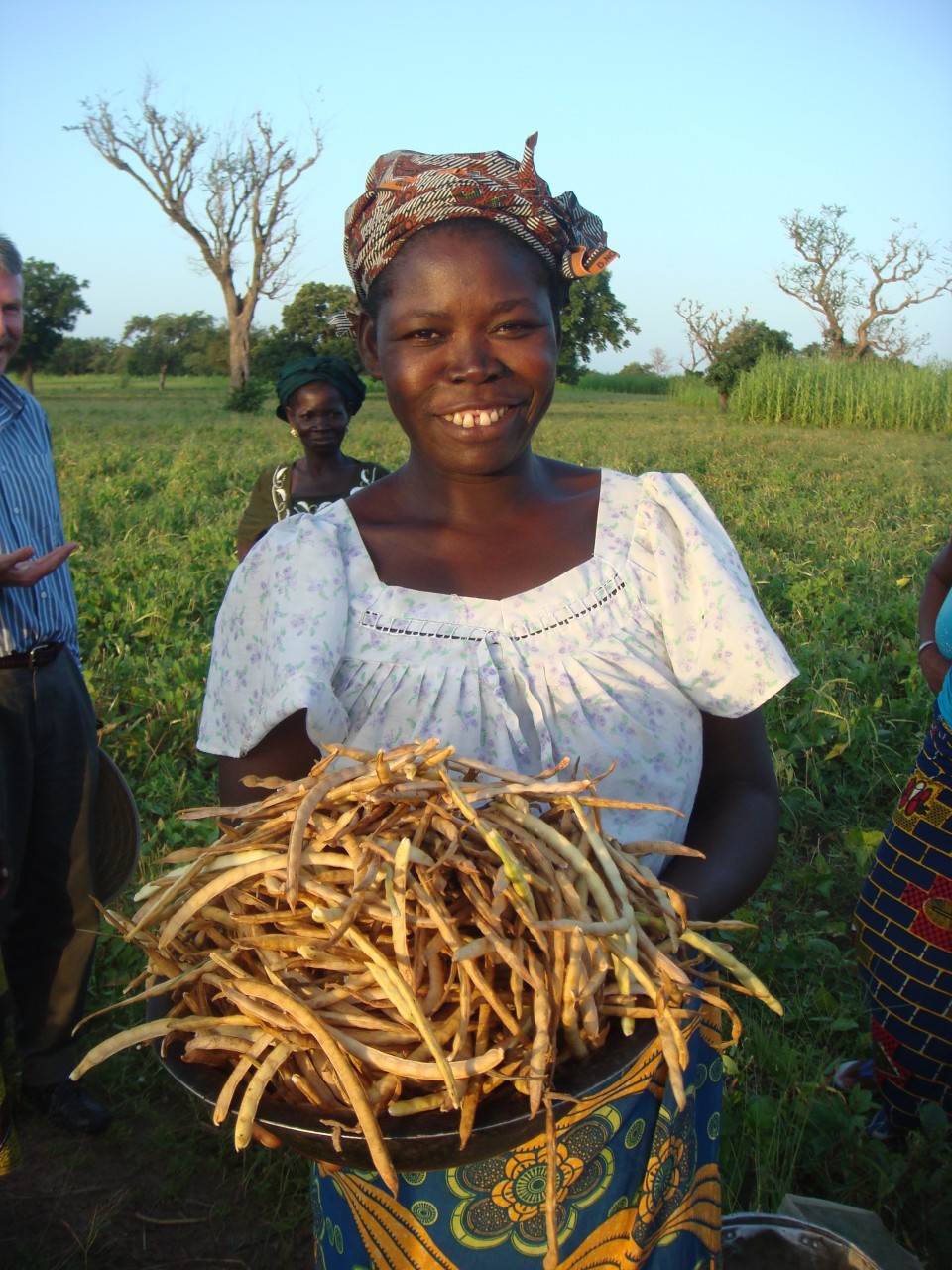2025 Year in Review
In 2025, science, innovation, and collaboration came together to deliver real impact for people and…
Eat your greens! You’ve probably heard this phrase throughout your childhood. Of course, this phrase was used to refer to vegetables of all kinds and not just the green ones. There is another healthy food staple that needs even more praise and encouragement: pulses.
Pulses are legumes harvested for the dry seed. They include beans, chickpeas, lentils, and peas. These superfoods are high in protein and starch, so they make a great addition to our diet. In 2016, the United Nations declared the year as the International Year of Pulses. This brought more awareness about its importance and benefits. As we mark World Pulses Day on February 10, I want to remind you of a few reasons to #LovePulses.
First of all, pulses are high in protein. This means you can use less animal protein in your soups and sauces when pulses are added, or they can be an alternative source of protein in your diet. Moreover, they are low in sodium and fat, high in vitamins and minerals such as iron and vitamin B, and even rich in antioxidants. Not forgetting that they are gluten-free!
Secondly, pulses are accessible and affordable. Following the arrival of the pandemic, more households are price-sensitive and seek cheaper food sources. Pulses are not only common in supermarkets, but are low in price as well so can be considered budget-friendly. Over the past year, there has been a 9% increase in consumption which is more than double the rate of consumption a few years earlier. During the pandemic, some government actions led to shortages in retail supplies as household demand increased and this led to price volatility in basic foods such as pulses. As we discuss food systems and agricultural trade in a bid to create resilience, it is essential for trade barriers to be removed and for small-holder farmers especially, which is the status of most farmers in the pulse industry, to have increased access to markets and opportunities. This will enable equitable trade in pulses that benefit both producers and consumers.
can be considered budget-friendly. Over the past year, there has been a 9% increase in consumption which is more than double the rate of consumption a few years earlier. During the pandemic, some government actions led to shortages in retail supplies as household demand increased and this led to price volatility in basic foods such as pulses. As we discuss food systems and agricultural trade in a bid to create resilience, it is essential for trade barriers to be removed and for small-holder farmers especially, which is the status of most farmers in the pulse industry, to have increased access to markets and opportunities. This will enable equitable trade in pulses that benefit both producers and consumers.
Finally, pulses have a long shelf life. Since they usually come in the form of dried beans, they can be stored easily and kept over a long period. For consumers who have the habit of bulk buying, this comes as an advantage. Sometimes, they are also tinned and come half-cooked. A helpful cooking tip for dry pulses is to soak them overnight in water to reduce cooking time.
With more research going into pulses from institutions such as Michigan State University’s Legume Innovation Lab and innovations such as the PICS bag, there is more hope for increased pulse production globally. This development already furthers the UN SDG 2, 3 and 13 whiles promoting a sustainable food system.
University’s Legume Innovation Lab and innovations such as the PICS bag, there is more hope for increased pulse production globally. This development already furthers the UN SDG 2, 3 and 13 whiles promoting a sustainable food system.
Join us in celebrating the food staple that does all this and more with the hashtags #WorldPulsesDay #WPD2021 and #LovePulses today!